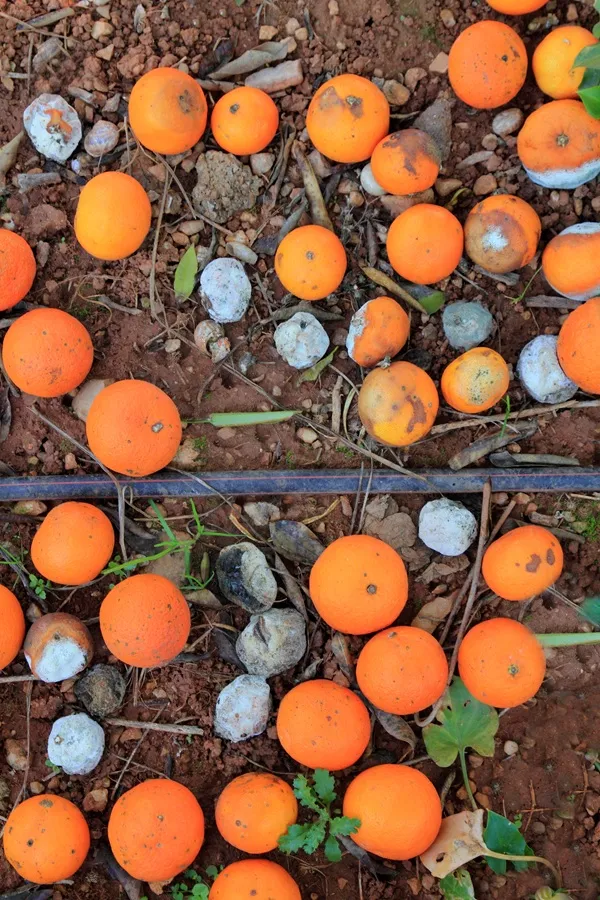Table of Contents
Thai Basil: The Aromatic Star of Southeast Asian Cuisine
Introduction
Thai basil (Ocimum basilicum var. thyrsiflora), a distinct variety of basil, is a fragrant herb integral to Southeast Asian cooking. Known for its unique anise-like flavor and purple stems, Thai basil adds depth and complexity to dishes. This article delves into the world of Thai basil, exploring its characteristics, culinary uses, nutrition, recipes, cultivation, and global trends.
Varieties
While Thai basil itself is a specific variety, it is often compared to other basil types:
- Thai Basil: Purple stems, narrow leaves, and a licorice-like flavor.
- Holy Basil (Tulsi): Spicy, clove-like taste; used in Thai and Indian cuisine.
- Sweet Basil: Common in Western cooking; milder and sweeter than Thai basil.
Texture and Usage
- Texture: Firm, slightly serrated leaves with a sturdy, aromatic stem.
- Culinary Uses:
- Fresh: Added to salads, spring rolls, and garnishes.
- Cooked: Essential in stir-fries, curries, and soups.
- Infusions: Used in teas, cocktails, and flavored oils.
- Non-Culinary Uses: Traditional medicine and aromatherapy.
Nutrition
Thai basil is a nutrient-rich herb with numerous health benefits:
- Vitamins: High in vitamin K (bone health) and vitamin A (vision).
- Antioxidants: Contains flavonoids and essential oils (eugenol, linalool) that reduce inflammation and oxidative stress.
- Minerals: Provides calcium, magnesium, and iron.
- Antibacterial Properties: Helps combat bacteria and support immune health.
- Low in Calories: Adds flavor without extra calories.
Recipes
- Thai Basil Chicken (Pad Krapow Gai): Stir-fry chicken with Thai basil, garlic, chili, and soy sauce; serve with rice and a fried egg.
- Thai Basil Fried Rice: Cook rice with Thai basil, vegetables, and protein for a flavorful dish.
- Thai Basil Beef: Sauté beef with Thai basil, garlic, and oyster sauce.
- Thai Basil Pesto: Blend Thai basil, garlic, peanuts, and sesame oil for a unique twist on pesto.
- Thai Basil Tea: Steep fresh Thai basil leaves in hot water for a soothing drink.
Global Cultivation and Distribution
- Top Producers: Thailand, Vietnam, and Cambodia are leading growers.
- Climate: Thrives in warm, tropical climates with well-drained soil.
- Harvesting: Leaves are picked before flowering for optimal flavor.
- Export: Fresh and dried Thai basil are traded globally, with Southeast Asia being the primary exporter.
Trends
- Health and Wellness: Increasing demand for herbs with medicinal properties boosts Thai basil’s popularity.
- Plant-Based Diets: A staple in vegan and vegetarian cooking for its flavor and nutrition.
- Sustainability: Easy to grow in home gardens, reducing the need for packaged herbs.
- Innovation: Use in functional foods, beverages, and skincare products.
- Global Cuisine: Adoption in fusion dishes, such as Thai basil-infused desserts and cocktails.
Conclusion
Thai basil is a fragrant, flavorful, and nutritious herb that enhances both culinary and medicinal practices. From classic Thai dishes to innovative fusion cuisine, its versatility knows no bounds. As global demand grows, Thai basil continues to play a vital role in promoting health, sustainability, and culinary creativity. Whether enjoyed fresh, cooked, or infused, Thai basil offers a taste of Southeast Asia that enriches our lives. Embrace this beloved herb and discover its potential to transform your meals and well-being.









